The world was a very strange place 100 years ago. What is thought as common place today was unthinkable a century or even 50 years ago. There was no technology like today but if you for a moment thought that our ancestors lacked creativity and didn’t find solutions to get-by – you are wrong.

[adinserter block=”3″]
[adinserter block=”8″]
People found exceptional ways to deal with the challenges they faced in the past before evolution of internet and technology. With advancements in technology, these jobs have become extinct.
Let’s take a ride to the past and look at some of the weirdest jobs that existed back in the time – fair warning, some of them are quite unbelievable.
15. Human Alarm Clock
When you have to get up early in the morning, you just have to tap a button on your smartphone and you are set for the entire week even a year. The alarm clock will ring at same time on every week day. It’s easy but an important feature of your life.
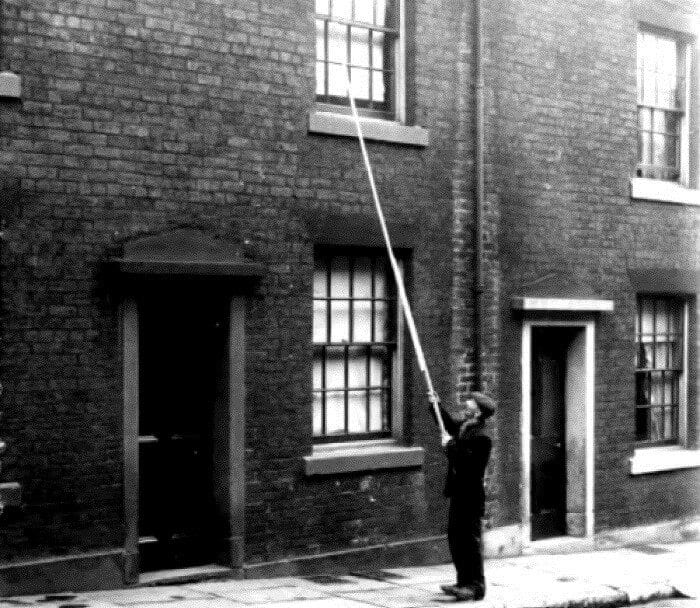
Rewind to 19th century and there was no such thing as alarm clocks or smartphones. So what did our ancestors do? They made this disadvantage into an advantage. The job title was commonly called “knocker-uppers” (yes we know it means something completely different today!), these people were essentially human alarm clocks.
They used to knock on doors to wake their clients up and when they couldn’t reach, they employed sticks and pebbles.
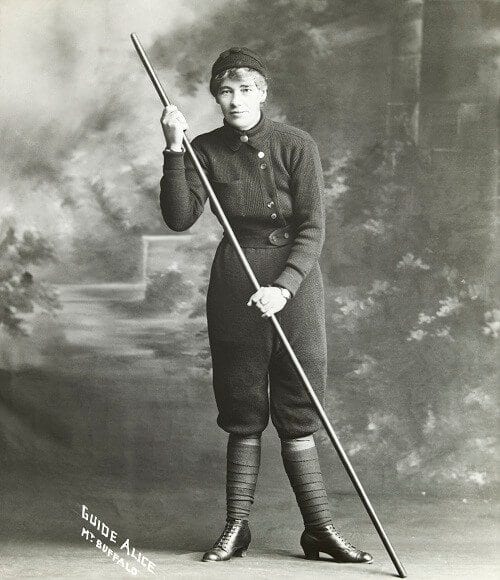
[adinserter block=”7″]
[adinserter block=”2″]
14. Lector
Imagine you are working in a clothing factory or newspapers company. Your job is mundane, same thing every day for hours – obviously you’ll get bored. You will lose interest, your efficiency will be reduced and you may even quit your job altogether. Remember back in the day there were no smartphones or iPads to keep you distracted.

[adinserter block=”3″]
[adinserter block=”8″]
Factory owners employed a very creative technique to combat the boredom of workers; a lector.
A lector was a neatly dressed and well-spoken gentleman who would read books, tell jokes even sing to keep you entertained. Are you telling me that these workers got a live free standup one-man show while at workplace? – Damn!
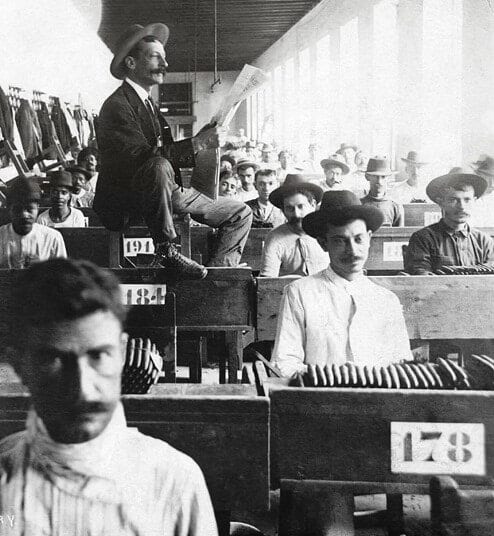
[adinserter block=”7″]
[adinserter block=”2″]
13. Enemy Aircraft Listener (Before Radars)
If you had good hearing, you wouldn’t have struggled to find a job at top secret military bases all over the world. Before radars became mainstream, militaries used acoustic mirrors and other listening devices to detect enemy aircrafts. Acoustic mirrors were very accurate and could pin point the location of enemy aircrafts.

[adinserter block=”3″]
[adinserter block=”8″]
The British used acoustic mirrors much more efficiently than the rest of the world. The mirrors were invented by British scientists led by Dr William Sansome Tucker. However, after 1930s, the aircrafts evolved to ground breaking speeds. This dropped the accuracy of acoustic mirrors to a compromising extent. This lead to invention of radars and acoustic mirrors and the listeners became obsolete.

[adinserter block=”7″]
[adinserter block=”2″]
12. Rat Catching Expert
Yes, it is exactly like it sounds: catching rats. Mind you it wasn’t an easy task before mouse-traps and extermination techniques were introduced. Rat catchers had to devise their own plans and create their own traps to catch rats. Needlessly to say, it wasn’t a very pleasant job but a very important one nevertheless.
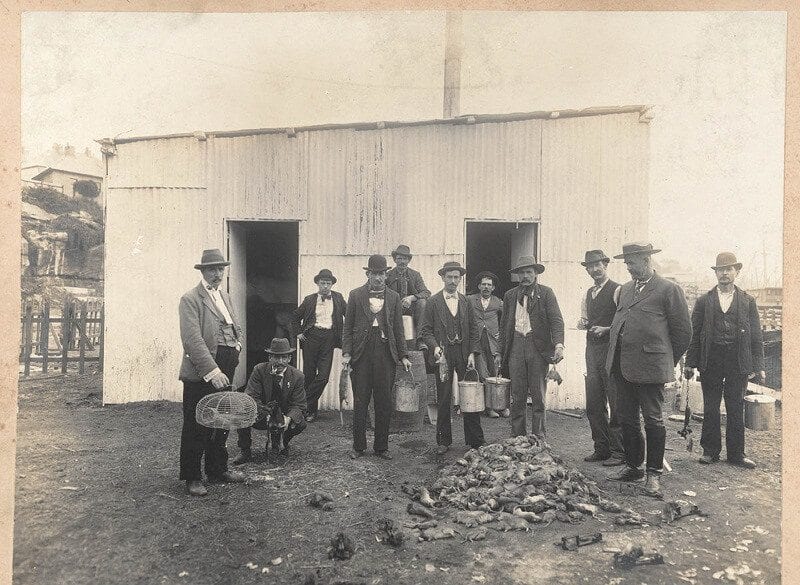
[adinserter block=”3″]
[adinserter block=”8″]
These brave men suffered greatly and often had rat bites to show. Infection was a constant danger but their job meant that many diseases were stopped from spreading. Since rats are rarely out in the open, rat catchers had to go holes and dark locations. Sometimes the town employed rat catchers and would pay them per piece, other times rat catchers worked as freelance and sold the rats to rat breeders.
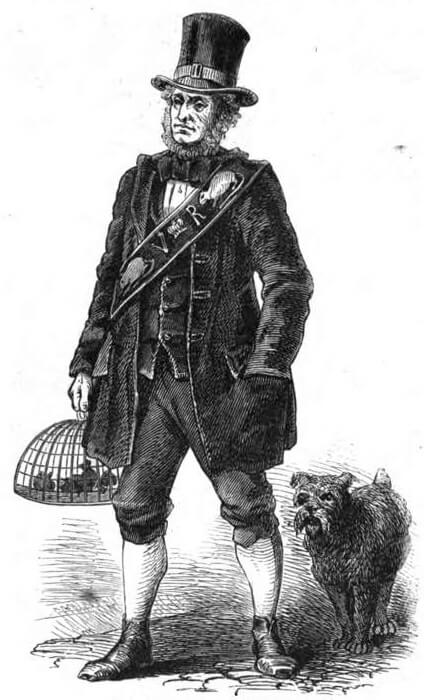
[adinserter block=”7″]
[adinserter block=”2″]
11. Manual Pinsetter
Before the invention of mechanical pinsetter, there was a person who would reset the bowling pins into their correct positions. Often the pinsetters were young boys hence the job was commonly called pinboys. Job of a pinsetter was not a high paying one. Many students or youngsters looking for part-time work often signed up.
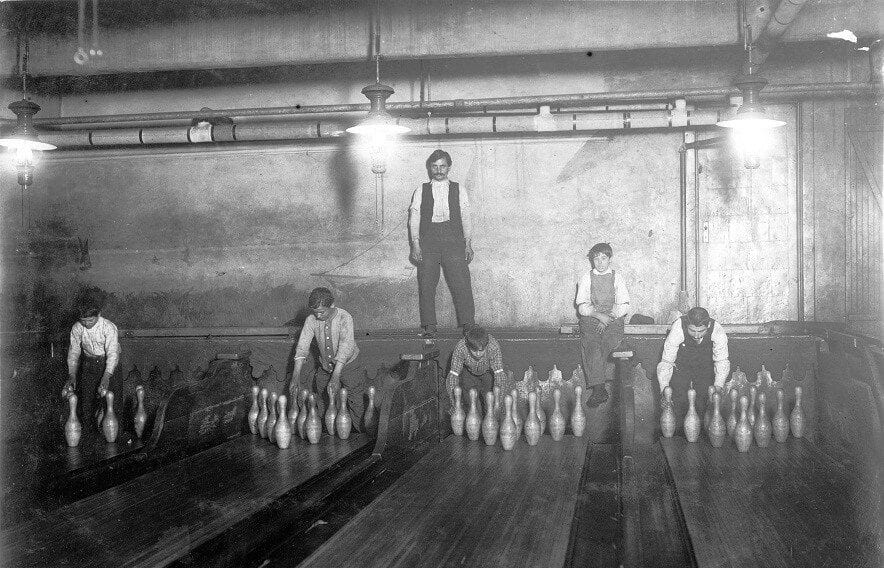
[adinserter block=”3″]
[adinserter block=”8″]
With the invention of mechanical pinsetters, a manual pinsetters is not required. However, this role didn’t go completely obsolete. There is still a requirement for human presence near pins. A “pinchaser” is placed near the machine to make sure that it is cleaned properly and there are no jams during the process.
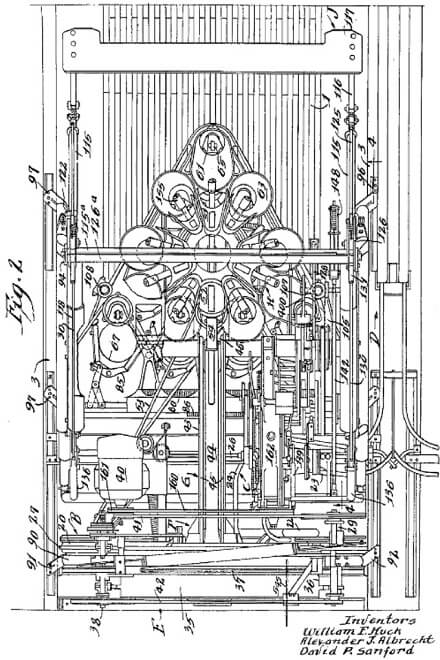
[adinserter block=”7″]
[adinserter block=”2″]
10. Computer
Computer hasn’t always been this thing that has changed our lives dramatically. Up till 50 years ago, computer was someone who would “compute things” – Yes, a computer used to be a person. Computer’s job was a clerical job. It required simple calculations and some clerical work.
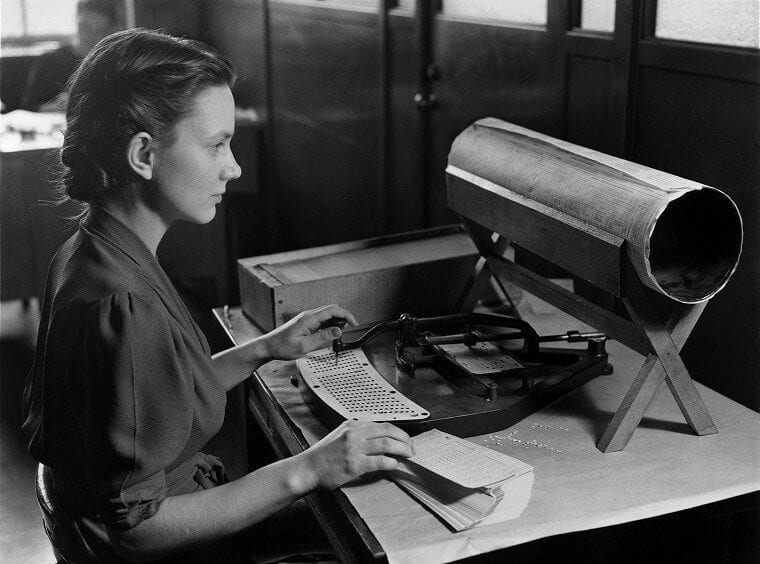
[adinserter block=”3″]
[adinserter block=”8″]
A computer was normally a young woman. They were only allowed to copy and calculate. They couldn’t deviate from the process in any way. There were even diplomas that taught young women how to compute.
Needless to say that job doesn’t exist anymore. Human computers have been replaced by digital computers.
(If you are thinking someday humans may become obsolete and computers would take over, you are not alone!)
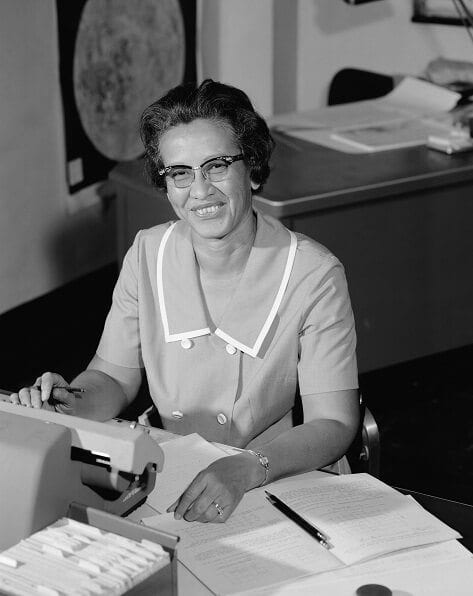
[adinserter block=”7″]
[adinserter block=”2″]
9. Chimney sweeper
Chimney sweeper hasn’t become completely extinct. There are still some chimney cleaners who would come to your house and clean the chimney using traditional way, the process has largely been taken over by mechanical devices. In fact, there are very little chimney’s left these days, they have been replaced by heaters.
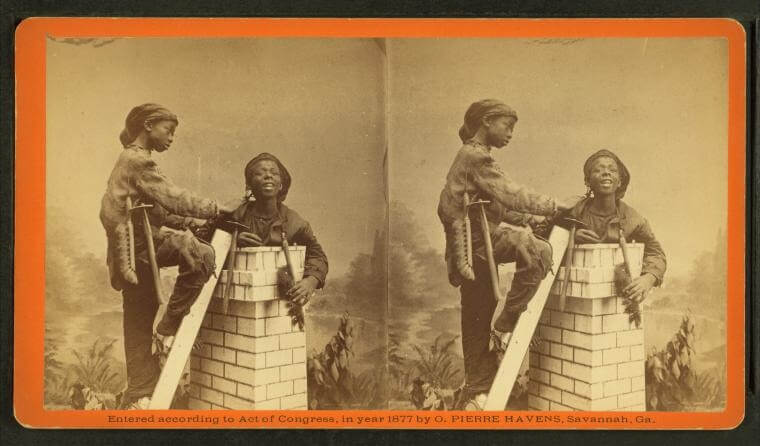
[adinserter block=”3″]
[adinserter block=”8″]
A chimney sweeper typically cleaned ash and soot from chimneys. This profession was quite common in the pre-Victorian era in United Kingdom. There were sweep companies that employed workers. Many sweeps were children or young boys as they had the ability to climb into chimneys.
In Germany, sweeps were employed by government. In Belgium, Italy, France and United Kingdom these practices were privately owned.
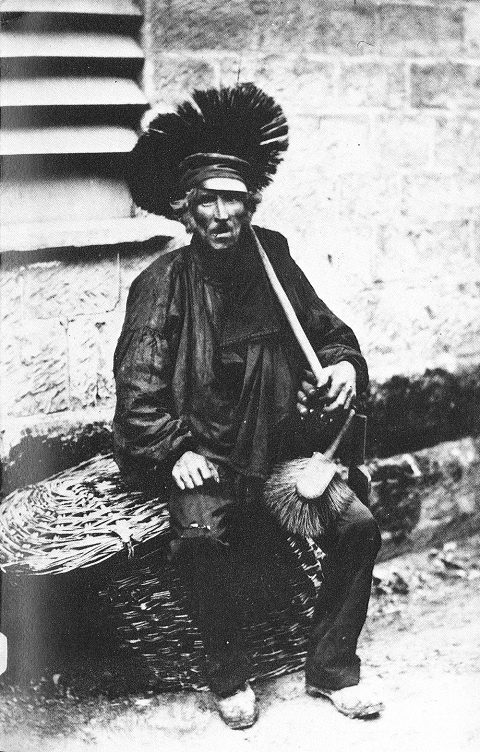
[adinserter block=”7″]
[adinserter block=”2″]
8. Ice Cutter
Ice cutting is an ancient profession that still lives to this day, especially in the third world. Ice cutter was a common job before refrigeration and freezing made it into our homes. Ice cutters would typically go to frozen lakes and cut up ice blocks. They would then deliver the ice to the customers.
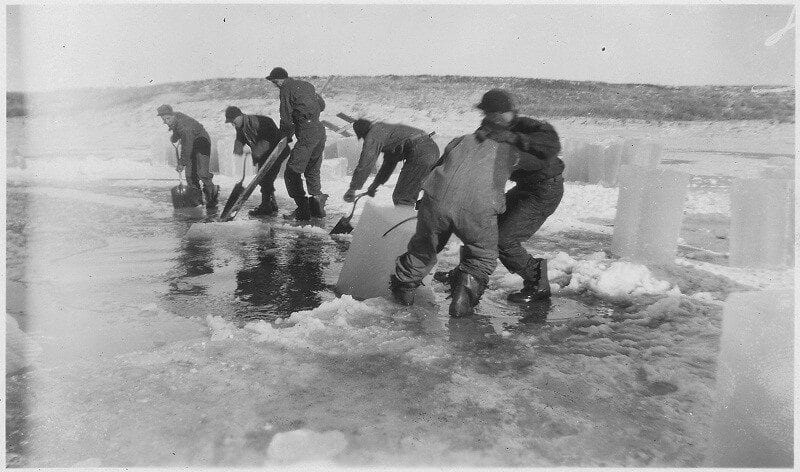
[adinserter block=”3″]
[adinserter block=”8″]
There were many ice cutting companies that involved storage and supply of ice. The target market was both household and wholesale companies that needed cold storage for food, fruit and other perishable items. Ice cutters were often farmers who’d use this as their winter profession.
These days ice cutting is used for creating snow sculptors.
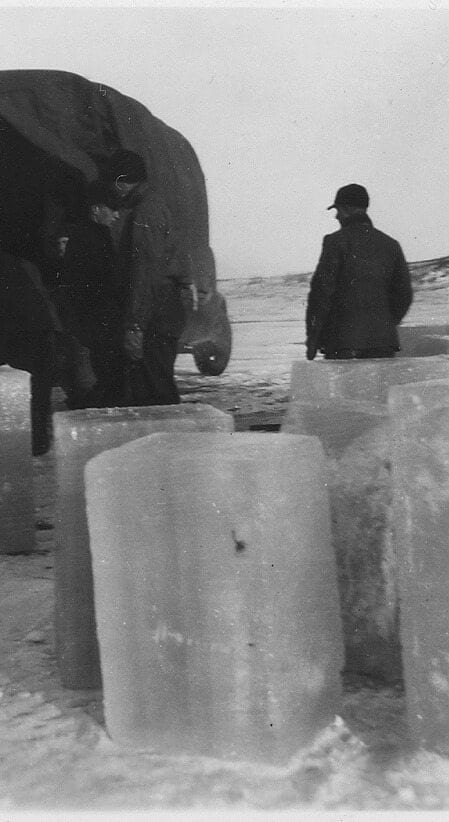
[adinserter block=”7″]
[adinserter block=”2″]
7. Switchboard Operator
When telephone was a new-ish item for household users in the 1960s, companies used manual switchboard operators. Switchboard operations connected calls through inserting phone plugs into applicable jacks. Before automatic exchanges were invented, an operator was required to connect every call except the ones routed in a shared party line.
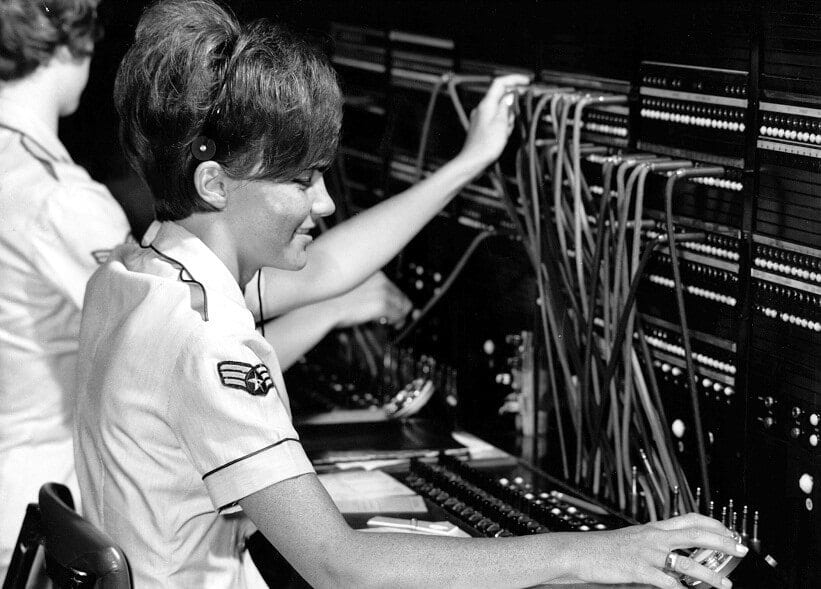
[adinserter block=”3″]
[adinserter block=”8″]
The demand for switchboard operators were so high that there were private exchanges. These exchanges were equipped with call connecting devices and sold service to both government and private sector.
It is also worth noting that switchboard operators were almost always females – but you have seen enough World War II movies to already know that.
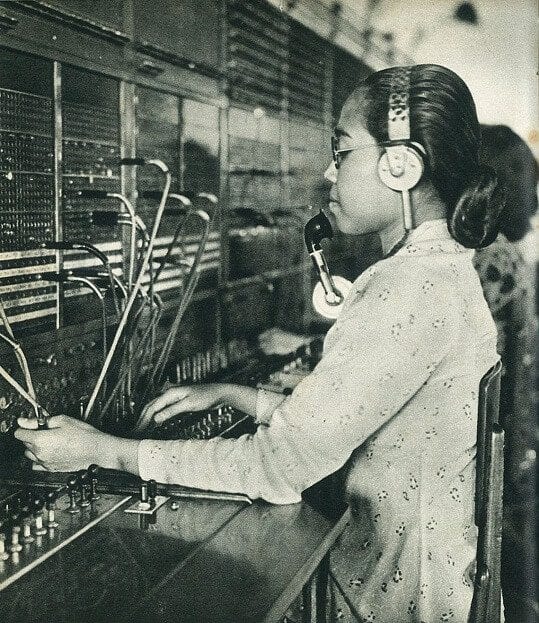
[adinserter block=”7″]
[adinserter block=”2″]
6. Resurrectionist
Resurrectionist is just a more appropriate name for body snatching. This is exactly what these people did. But don’t worry these people weren’t cannibals or anything. Resurrectionist was an illegal job but was done for a relatively noble purpose: to sell bodies to medical teaching centers. In the 18th century, medical science was progressing by leaps and bounds, getting anatomy was as easy as it is now.

[adinserter block=”3″]
[adinserter block=”8″]
Many learning centers employed resurrectionist to steal bodies from graveyards. The problem had become so common that in the 18th century many graveyards had night time patrol. Rich people had their loved ones buried in private property in order to avoid body snatching.
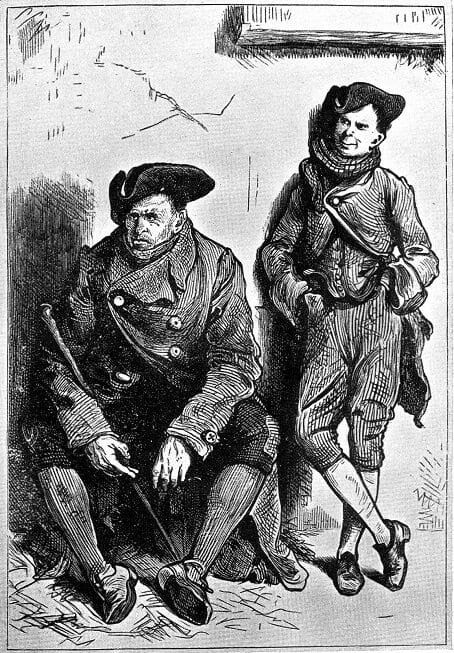
[adinserter block=”7″]
[adinserter block=”2″]
5. Daguerreotypist
Daguerreotypists were the earliest form of photographers. The process of daguerreotyping was invented in 1839. The picture was captured on a silver surface. Iodine was thrown on the surface and the photograph would develop by mercury vapor exposure. For the next twenty years, daguerreotypy was the most commonly used photography method.
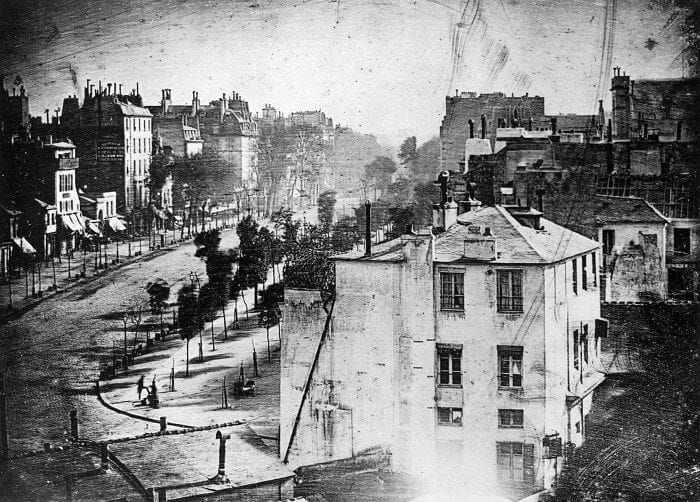
[adinserter block=”3″]
[adinserter block=”8″]
Daguerreotype is a unique form of photography. It produced sharp and according to that time good results. The photograph didn’t have backgrounds. It were as if there is blank space behind the person. The process was expensive and was quickly obsoleted in 1860 when cheaper and quicker photography methods were discovered.

[adinserter block=”7″]
[adinserter block=”2″]
4. Lamplighter
These days we take it for granted – the street lights automatically light up. Even if there are no sensors, one switch can lit the entire street up. Before technology, street lights were nothing like they are today. Street lights were actually gas lit lamps. You guessed it; they needed manual lit-up.
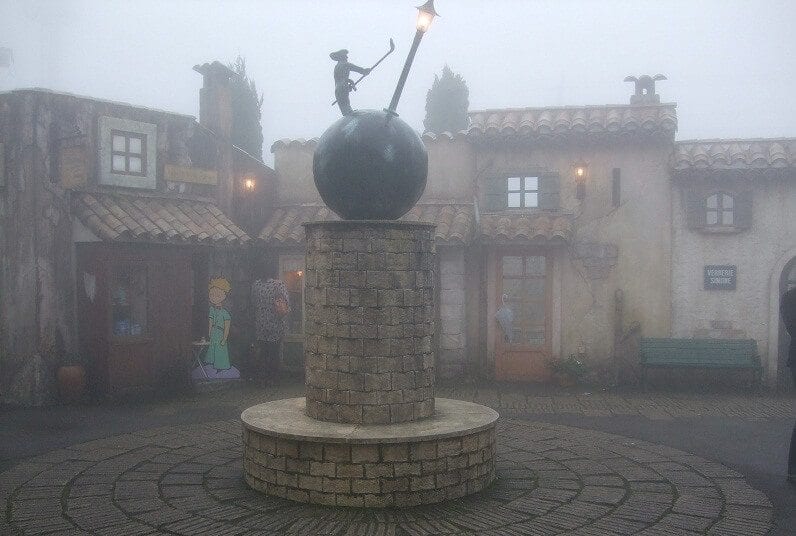
[adinserter block=”3″]
[adinserter block=”8″]
Lamplighters used long sticks to light and extinguish street lamps. They had to do it one by one and there were many on each street. Lamplighters were also responsible for refueling the lamp posts. This job was often taken up by young boys who’d sell newspaper in the morning and in the same street light-up the entire street in the evening.

[adinserter block=”7″]
[adinserter block=”2″]
3. Gandy Dancer
This entry has a deceptive name. Gandy Dancer didn’t dance at all. Instead he created and maintained rail road tracks. The equipment used to lay down tracks was called gandy and dancing was a playful attribute given to the workers’ movements. Since rail roads were much important in the start of the 20th century, Gandy Dancing was considered a permanent and safe job.
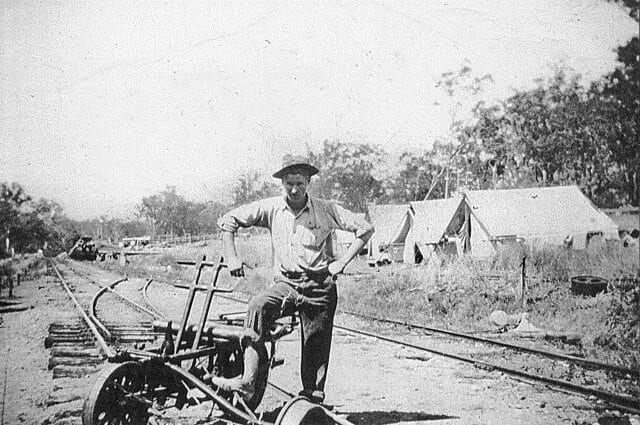
[adinserter block=”3″]
[adinserter block=”8″]
However small wages and hard labor meant that these jobs were mostly taken by poor immigrants. In order to lay down the tracks, it was important that workers worked in alignment. In order to effectively achieve this many rhythmic tunes were formed that are still cherished today.
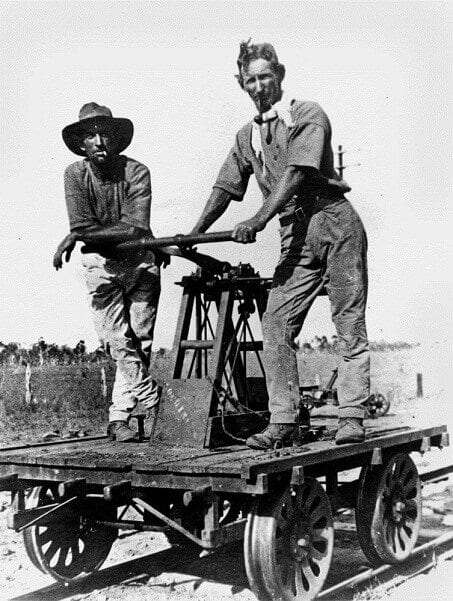
[adinserter block=”7″]
[adinserter block=”2″]
2. Milkman
The job of milkman is still in practice today. However, there are very few milkman still left. Due to refrigeration and mass production, everybody has milk in their homes at all times. You go to supermarket and buy preserved milk. Half a century ago, you didn’t have any milk until the milkman arrived and delivered it.

[adinserter block=”3″]
[adinserter block=”8″]
Milk production and delivery was a very lucrative business. Companies employed hundreds, in some cases thousands of milkmen. There were special vehicles designed for milk delivery called “milk float”. The need for daily delivery arose from the fact that milk would go bad if you stored it. Every house ordered the quantity they needed for one day and get a fresh supply next day.

[adinserter block=”7″]
[adinserter block=”2″]
1. Log Driver
Logging is a tough job as you know. It is nothing compared to what it used to be. Imagine doing logging before trucks were invented. How would you transport them? Answer: log drivers. It was a manual process in which workers would “drive” logs from forests to mills using currents of rivers.
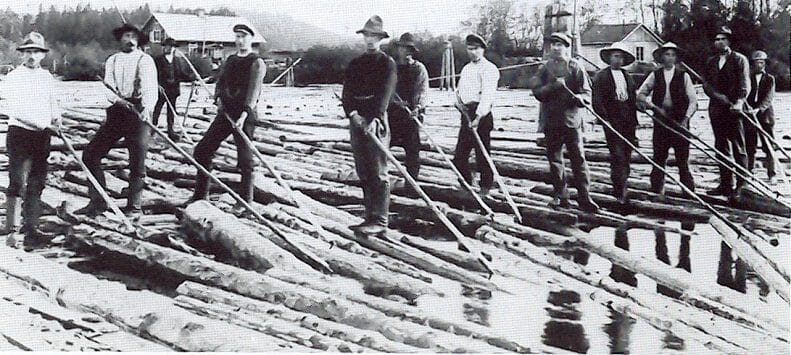
[adinserter block=”3″]
[adinserter block=”8″]
As crazy as it sounds, the process worked. Log drivers were in practice all across Europe and North America. It was the main form of transporting logs before vehicles were invented.
The job was very adventurous. The crew would travel side by side with the logs on small boats and sometimes on the logs themselves to guide them.
Reading about all these jobs is fascinating. We are compelled to imagine what the everyday lives of our ancestors were like. Also we cannot help but speculate what kind of jobs there will be in future.
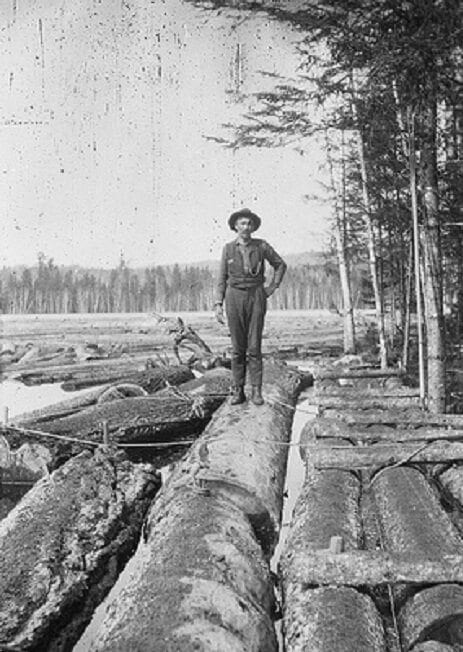
[adinserter block=”7″]
[adinserter block=”2″]